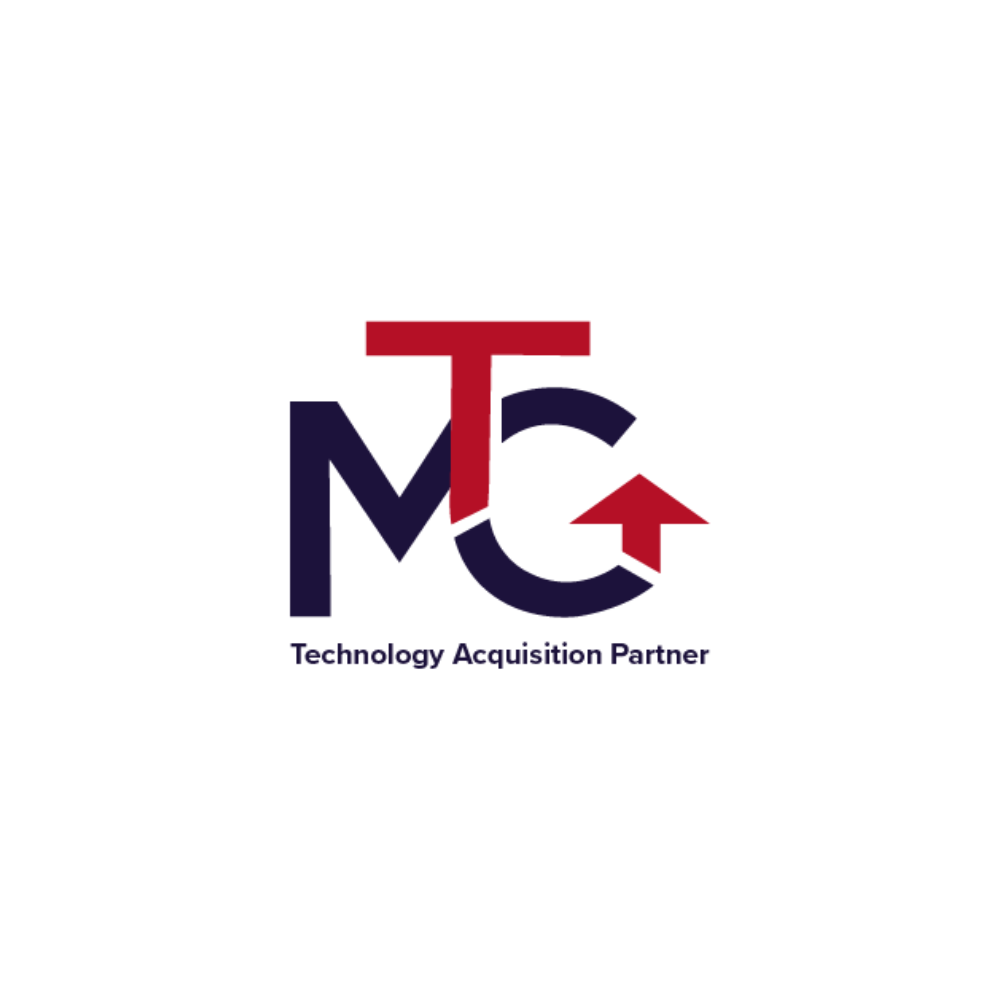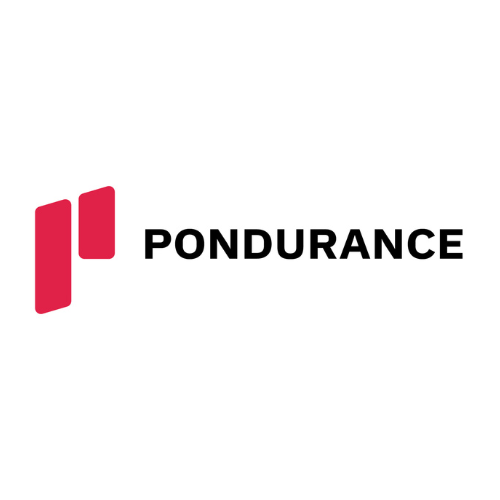
As cybersecurity threats grow more sophisticated, the U.S. Department of Defense (DoD) has taken decisive action to protect sensitive data across its supply chain. The Cybersecurity Maturity Model Certification (CMMC) is now embedded. For organizations in the Defense Industrial Base (DIB), this is not just a regulatory shift—it’s a strategic imperative.
Why CMMC Matters
CMMC is a tiered certification framework designed to safeguard Controlled Unclassified Information (CUI) and Federal Contract Information (FCI). Whether you're a prime contractor or a subcontractor, if you handle either type of data, you must comply.
The program includes three assessment levels:
Level 1: Annual self-assessment for FCI.
Level 2: Self or third-party assessment for CUI.
Level 3: Government-led assessment for highly sensitive CUI.
Why Compliance Is Urgent
The final CMMC rule (32 CFR Part 170) took effect December 16, 2024, and the acquisition rule (48 CFR Part 204) becomes enforceable November 10, 2025. Non-compliance can result in:
- Disqualification from DoD contracts.
- Legal risks under the False Claims Act.
- Reputational damage.
Contractors must affirm continuous compliance in the Supplier Performance Risk System (SPRS), and all requirements flow down to subcontractors.
Building Your Compliance Roadmap
Achieving CMMC compliance is a journey and is not a point-in-time process. Breaking this workload down into actionable steps is critical to maintaining focus. Here’s a phased approach:
1. Understand the Framework:
- Familiarize yourself with CMMC’s structure, domains, and practices. Map requirements to NIST SP 800-171 controls, and clarify whether your organization handles FCI, CUI, or both.
- Another critical element is to review cloud providers and other connected systems begin to identify shared responsibilities through a Share Responsibility / Customer Responsibility Matrix.
2. Readiness Assessment:
- Determine your required CMMC level. This can be done through a review of your current contracts or through a conversation with your contract officer.
- Review your current policies, procedures, and technical configurations. Documentation is key in achieving and maintaining CMMC compliance.
- Conduct a gap analysis to identify areas needing improvement. Engaging with professionals who can provide guidance and expertise is crucial to help identify true gaps and to align business processes
3. Planning & Resourcing:
- Develop a Plan of Action & Milestones (POA&M) to address gaps. This should be done at the objective level. This should also include prioritizing and budgeting for remediation.
- Assign clear roles, define workflows, and identify necessary technology. Having a project manager or subject matter expert assigned to your compliance journey is essential.
- Engage with certified experts and ensure internal ownership of compliance. The implementation of controls and objectives can be confusing. Having an expert that can give you advice and solutions will ensure that your interpretation of how you are meeting the controls does not cause you issue when it comes to an official assessment.
4. Implementation:
- Update policies and procedures. Documentation is key in achieving compliance. Having clearly documented policies and procedures that address specific controls is necessary. Engaging with policy experts to ensure solid documentation is highly recommended.
- “Document what you do, do what you document”
- Enforce access controls. A key component of CMMC compliance is ensuring that only authorized users have access to the system and, furthermore, have access to CUI.
- Deploy technical safeguards like encryption, a SIEM, MFA and endpoint protection.
- Establish incident response and change control processes. Make sure that these processes are followed and that there is an audit trail so that the assessor can be provided with evidence.
5. Continuous Monitoring:
- Treat compliance as an ongoing effort. This includes documenting reviews, auditing processes, defining audit logs and audit review processes, and constantly ensuring that documentation is in line with implementation.
- Use tools like SIEM and other alerting mechanisms to assist with audits of controls and objectives.
- Keep your POA&M updated as risks to your environment and compliance posture evolve.
- Avoid superficial compliance and conduct mock assessments to uncover gaps.
Preparing for the Assessment
- Don’t just check boxes—tell a defensible story. Your System Security Plan (SSP), POA&M, and supporting documentation should clearly demonstrate how controls and objectives are implemented and enforced.
- Use real-world examples to show how controls are implemented. Be prepared to guide the assessor through your implementation and compliance.
- Conduct mock assessments to uncover gaps before the official evaluation. It is always a good to check with designated experts to be sure you are in alignment. Contracting with a C3PAO (Certified 3rd Party Assessment Organization) to conduct a mock assessment before your official assessment will allow for you to correct any known deficiencies before they are officially recorded.
- Embed compliance into daily operations through automation and regular staff training. CMMC compliance is a culture shift for the entire organization.
Real-World Lessons
A case study from ProStratus highlights the value of a structured approach:
- Conducting a thorough gap analysis and building a tailored POA&M.
- Embedding compliance into daily operations and culture.
- Ensuring that documented policies and procedures are clear, outline “actual” implementations and used throughout the organization.
- Go into the assessment being able to prove all 110 controls and 320 objectives. You should not go into the assessment with a POAM.
Common Pitfalls
- Over-reliance on generic templates
- Neglecting documentation
- Lack of internal ownership
- Treating compliance as a one-time project
- Trying to complete this journey alone.
Success Factors
- Leadership buy-in. A C-Level champion is absolutely necessary for success.
- Clear documentation that identifies addressed controls and objectives.
- Proactive security culture that addresses ALL employees and avoids siloing security and compliance to a “team.”
- Treating compliance as a strategic advantage. The amount of time and energy that is necessary for achieving CMMC Level 2 is enormous, but this is also an opportunity to set your organization apart from competitors and assure primes and officiating bodies that you are serious about protecting sensitive data.
Bottom Line:
CMMC compliance is not just a regulatory hurdle—it’s an opportunity to strengthen your organization’s security posture and stand out in the defense contracting space. Start early, build a culture of compliance, and leverage expert guidance to ensure success.
###
About the Author
ProStratus is a CMMC Level 2 certified managed security service provider, delivering secure IT solutions across the Defense Industrial Base. Thomas Saul is the Director of Security and Compliance for ProStratus and is a Certified CMMC Assessor (CCA) who specializes in helping organizations operationalize compliance and building cybersecurity into daily operations.



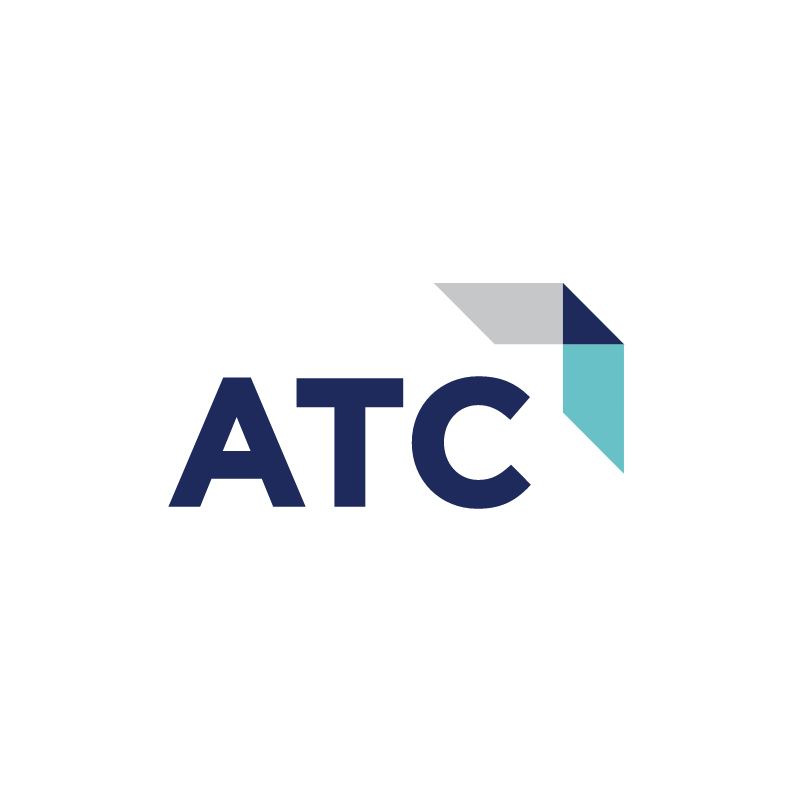



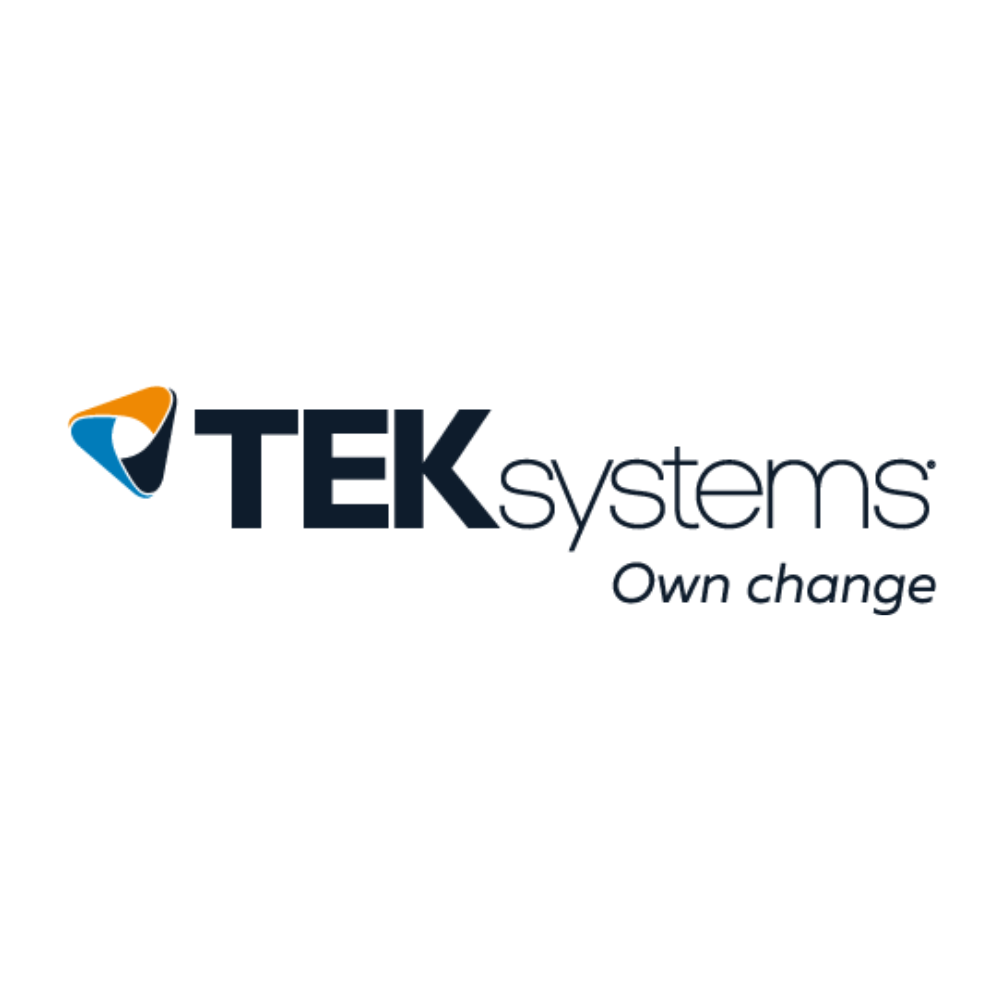

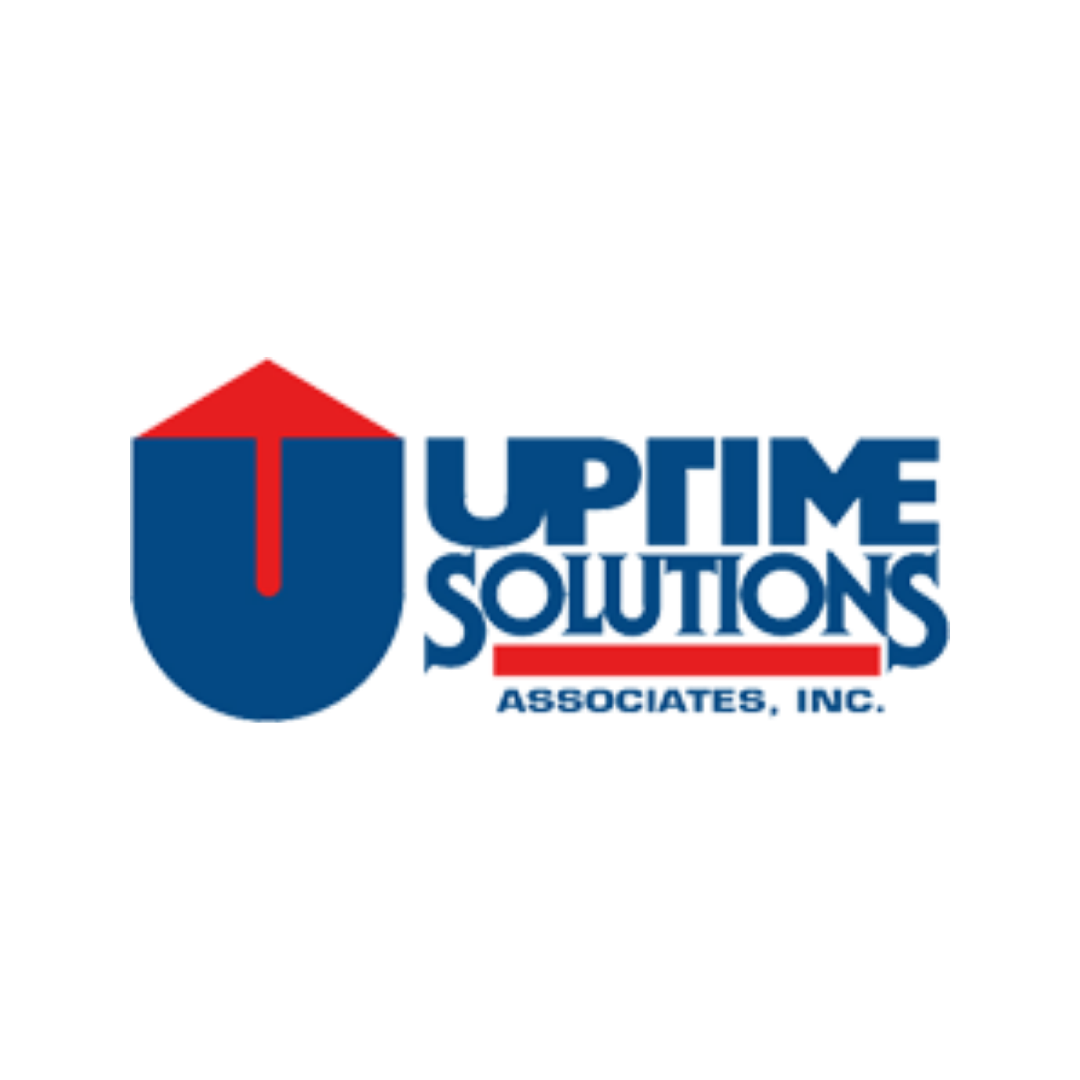




.png)

